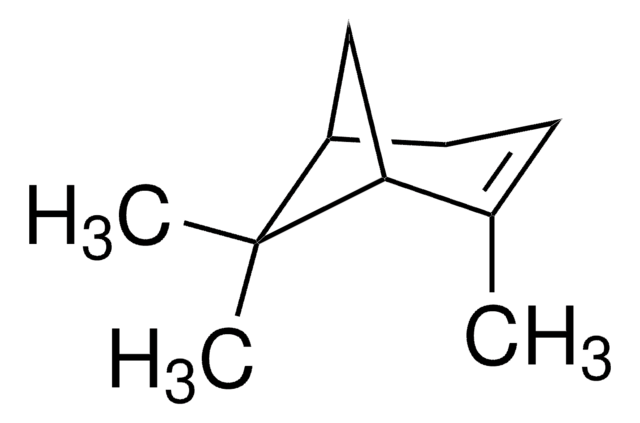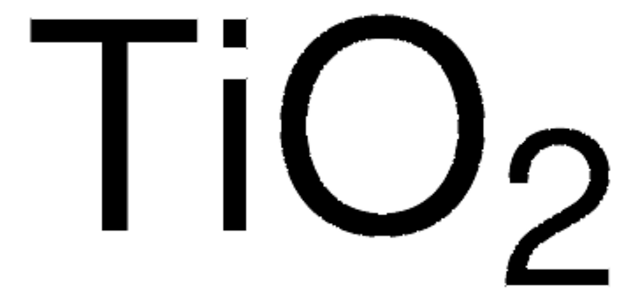96492
Zinc oxide
tested according to Ph. Eur.
Synonym(s):
Zinci oxidum
Sign Into View Organizational & Contract Pricing
All Photos(1)
About This Item
Linear Formula:
ZnO
CAS Number:
Molecular Weight:
81.39
EC Number:
MDL number:
UNSPSC Code:
12352300
PubChem Substance ID:
Recommended Products
Agency
USP/NF
tested according to Ph. Eur.
Quality Level
form
powder
application(s)
pharmaceutical (small molecule)
SMILES string
O=[Zn]
InChI
1S/O.Zn
InChI key
XLOMVQKBTHCTTD-UHFFFAOYSA-N
Looking for similar products? Visit Product Comparison Guide
General description
ZnO is a semiconductor with a wide band gap. Point defects in the structure define the electrical conductivity of the oxide. Doping these point defects with Al, In and Ga gives in a highly conductive n –type zinc oxide. Defect free ZnO can also be achieved by annealing the oxide in reducing environment. It also exhibits excellent optical transmission properties. Doped ZnO can form transparent conductors which may be useful in various energy-based applications.1
Application
Employed in the preparation of NaZnSiO3OH, a novel chiral framework material which has potential application in ion exchange, adsorption or catalysis.
Signal Word
Warning
Hazard Statements
Precautionary Statements
Hazard Classifications
Aquatic Acute 1 - Aquatic Chronic 1
Storage Class Code
11 - Combustible Solids
WGK
WGK 2
Flash Point(F)
Not applicable
Flash Point(C)
Not applicable
Personal Protective Equipment
dust mask type N95 (US), Eyeshields, Gloves
Regulatory Information
新产品
Choose from one of the most recent versions:
Already Own This Product?
Find documentation for the products that you have recently purchased in the Document Library.
Hyeong Pil Kim et al.
Journal of nanoscience and nanotechnology, 13(7), 5142-5147 (2013-08-02)
Solution processed cathode organic photovoltaic cells (OPVs) utilizing thin layer of ZnO with 27% increase in power conversion efficiency (PCE) to control devices have been demonstrated. Devices without the presence of ZnO layer have much lower PCE than the ones
A Ra Kim et al.
Journal of biomedical nanotechnology, 9(5), 926-929 (2013-06-28)
Our innate immunity is composed of several integral leukocytes including neutrophil, NK cell, macrophage or so. They are usually known to produce reactive oxygen species (ROS), in order to induce cell damages by these oxidizing reagents, and finally disrupting mitochondrial
Xiaolong Li et al.
Journal of nanoscience and nanotechnology, 13(8), 5859-5863 (2013-07-26)
In this study, we present the synthesis of ZnO nanowire by hydrothermal process through reutilization of sludge from soy sauce wastewater electrochemical treatment. The influences of floc content and caramel pigment concentration on the morphologies of ZnO were studied. The
Rizwan Wahab et al.
Journal of biomedical nanotechnology, 9(7), 1181-1189 (2013-08-06)
This paper reports the synthesis and characterization of ZnO nanoparticles prepared by soft chemical process. The nanoparticles of ZnO possess wurtzite hexagonal phase and were used for the induction of cell death in malignant human T98G gliomas, KB epithermoids and
Alexander Lange et al.
Journal of nanoscience and nanotechnology, 13(7), 5209-5214 (2013-08-02)
Organic solar cells are a favorable alternative to their inorganic counterparts because the functional layers of these devices can be processed with printing or coating on a large scale. In this study, a novel polymer was synthesized, blended with fullerene
Our team of scientists has experience in all areas of research including Life Science, Material Science, Chemical Synthesis, Chromatography, Analytical and many others.
Contact Technical Service







